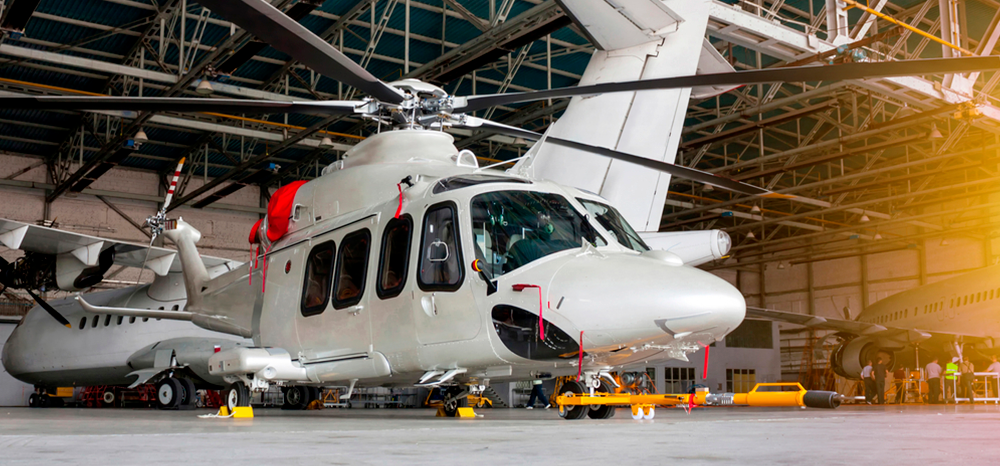Aircraft maintenance is a critical task to ensure the safety and operability of aircraft. However, this responsibility becomes even more complex when carried out under extreme climatic conditions, whether in desert regions with scorching temperatures or in arctic areas with severe frost.
Extreme climates present a unique set of challenges for maintenance technicians. High temperatures can accelerate component wear, cause material expansion, and increase the risk of fire. Conversely, low temperatures may result in material contraction, ice formation on surfaces, and impaired equipment performance. Additionally, excessive humidity can corrode metals and speed up the degradation of electronic components.
To address these challenges, maintenance technicians must have specialized training and use tools and equipment designed to operate under extreme conditions. It is essential to conduct more frequent and detailed inspections, as well as apply anti-corrosive and protective treatments to components exposed to the elements. Moreover, maintenance procedures must be adapted to local climatic conditions, and contingency plans should be in place to handle unforeseen situations.
In conclusion, aircraft maintenance in extreme climates is a demanding task that requires specialized knowledge and meticulous planning. By addressing the challenges posed by adverse weather conditions, it is possible to ensure the safety and operability of aircraft in any part of the world.














